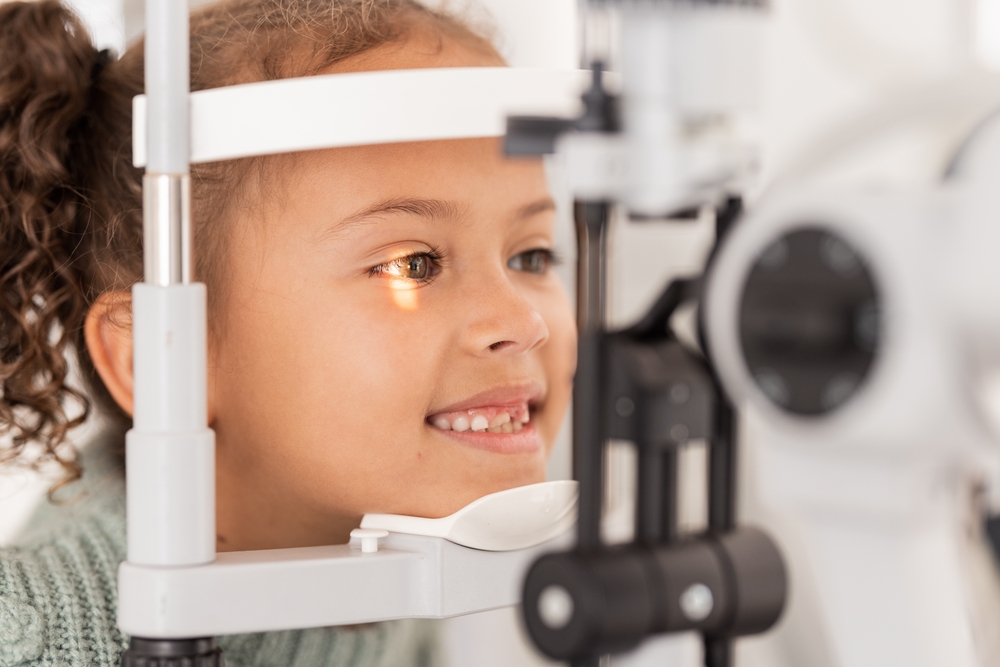Posted by: Eye Health Northwest in Children on May 27, 2025

Children’s vision plays a crucial role in their overall development, influencing everything from social interactions to academic achievement. Eye exams with a pediatric ophthalmologist help catch vision problems in children early and manage them effectively.
While you may know that pediatric ophthalmology visits are important, you may not know how often your child needs one. Keep reading to learn more about how often children need to see their pediatric ophthalmologist.
When Should My Child See a Pediatric Ophthalmologist?
While other factors like symptoms, medical history, and family history can help determine when your child needs to see their ophthalmologist, you can also follow these general guidelines based on age:
Newborn to 1 Year
Newborn babies have an initial eye screening soon after birth to check for basic indicators of eye health, like “red reflex” and blink and pupil response. They may require a more comprehensive examination if they were born prematurely, exhibit signs of an eye condition, or have a family history of childhood eye conditions.
Babies should have a second vision screening with their pediatrician between 6 months and their first birthday. This screening re-checks the same indicators tested at birth, as well as healthy eye alignment and movement.
At this point in their lives, most children only need to see their pediatric ophthalmologist if a screening indicates a potential vision issue, like eye misalignment (strabismus) or excessive tearing.
1 to 3 Years
Between the ages of 1 and 3, your child will continue to get vision screenings at their annual visits with their pediatrician. During this time, your child might be given a photoscreening test to check for healthy eye development.
This non-invasive test involves using a special camera to photograph your child’s eyes. The image can help identify any problems, such as amblyopia, commonly known as “lazy eye,” that may require referring your child to their pediatric ophthalmologist.
3 to 5 Years
Between 3 and 5, most children require only continued screenings unless they develop a vision issue, such as a refractive error, or a problem with their eye health. In that case, they will be sent to see their pediatric ophthalmologist for a comprehensive eye exam.
While screenings are effective at identifying potential eye problems or vision issues, children require a comprehensive exam with a pediatric ophthalmologist to receive an accurate diagnosis and a prescription for glasses. Comprehensive exams involve tests that accurately test visual acuity and closely examine the structures within the eye.
5 Years and Beyond
Even if your child has not had any issues with their vision, you should schedule an eye exam with their pediatric ophthalmologist before they start attending school. This ensures their vision is clear at a near distance for close reading and at a far distance to see the blackboard.
To ensure that children maintain their best vision throughout their school years, annual eye exams are recommended. Children’s eyes can change rapidly as they grow, and they may adapt to an issue with their vision that could be corrected if diagnosed at an exam.
Adolescence and the onset of puberty can also significantly impact your child’s vision. Surging growth hormones can cause frequent changes to their prescription during these years.
Annual exams with their ophthalmologist may still be advisable until their vision stabilizes, usually in their early 20s. Yearly exams are mandatory if your teen has started to wear contact lenses to correct their vision.
Is it time for your child’s next visit to their pediatric ophthalmologist? Schedule an appointment at EyeHealth Northwest in Portland, OR, today!

